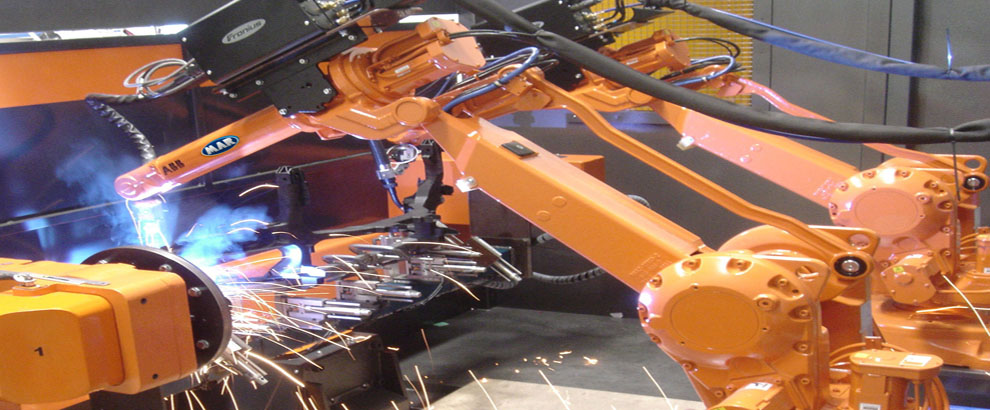Before we look at the working, let us look at the basic components of servo motors:
- A Controlled Device
- A Output Sensor
- A Feedback System
A servo motor can usually rotate 45˚, 90˚, 180˚. Servo mechanism is an automatic closed-loop control system in which the device is controlled by a feedback signal (instead of variable input signal) using the comparison of output signal and reference input signal.
How Servo Motor Works?
When you open up the outside casing of a servo motor, you might find the following components such as a small DC motor, a potentiometer (variable resistor), intelligent circuitry, and some gear arrangements.

To understand this in simple way, let us assume you have connected the motor shaft to potentiometer knob, if the motor shaft turns, potentiometer turns and potentiometer cannot make a full rotation so we have servo motors limited to 180 degrees using mechanical stop. Once you give a command to servo for rotating 60 degrees, this intelligent circuitry mentioned earlier will generate appropriate voltage levels for 60 degrees as described by the manufacturer, and the motor rotates and as we say if the motor rotates, the potentiometer is also going to rotate and the potentiometer gives us a voltage level. This will be compared with the voltage generated by the circuitry, once the difference between potentiometer voltage level and circuit voltage level reaches zero, the motor stops.
This is one of a boon for hobbyists because it gives us a precision movement at low cost.
Types of Servo Motors:
- AC Servo Motor
- DC Servo Motor
|
S.No. |
AC Servo Motor |
DC Servo Motor |
|
1 |
Can handle high current surges |
Cannot handle high current surges |
|
2 |
Used in industries |
Used for smaller applications |
|
3 |
Highly Expensive |
Less Expensive |
Applications:
- Robotics
- Industrial Applications
- Pharmaceutics
- Remote Controlled Devices
- In-line Manufacturing
- Food Services











